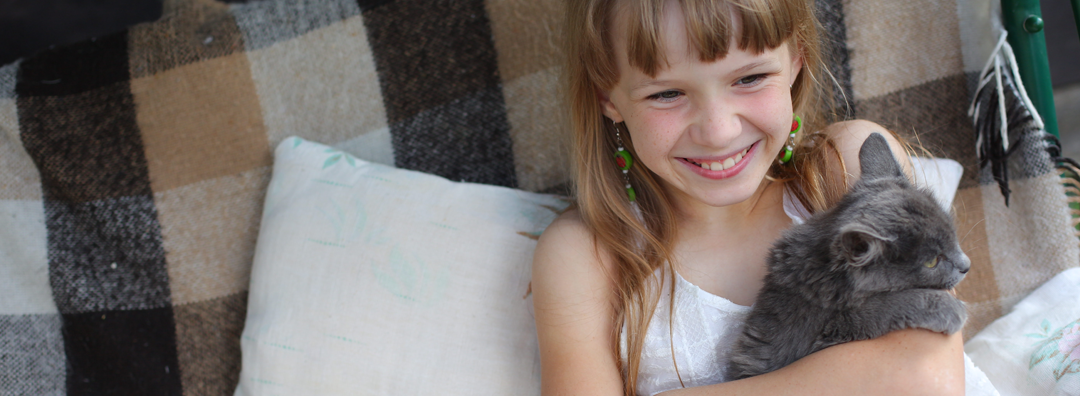
Introducing a New Pet
Bringing home a new pet can be as exciting as having a new child. Unfortunately, the family pet can also have sibling rivalry! A little advance preparation and planning will introduce your new pet to the existing pets and minimize conflict. No doubt the resistance some dogs and cats have is higher than in others and enough time needs to be given for them to adapt to the new face.
Cats
Experts say that there should be one litter box per cat in the household. Not that each cat will pick a specific box to use but it gives individual cats the choice of which to use at any given time. If boxes are cleaned daily so as to minimize odors offensive to the felines, chances are they will use the litter boxes instead of finding an alternative.
Older cats may not find the antics of a young kitten very appealing. Rather than immediately introducing a new cat to the household, give the original cats a “breaking-in” period. Limit the new pet’s activities to one room, with the door closed. The older cats will begin to investigate the stranger by sitting at the door and smelling around it. Keep the cats separated for several days this way until the hissing and spitting has been dispelled with.
Introductions should then be made slowly by leaving the door open and letting the newcomer begin to explore the next room. The older cat will probably enter the room to see about the new odors and sounds that have emanated from within. More spitting and growling may happen when they see each other. Let them remain near each other as long as you are around to observe. When you must leave, the new cat goes back into the room. Over a period of a few days, give each cat the run of the house, observing interaction for signs of aggression. Older cats may well take several weeks to adjust to a newcomer, particularly if he or she has reigned alone for a long time.
Leave them alone together only when you feel they will not harm each other.
Dogs
Puppies may be introduced in a similar manner but with the use of a training crate rather than a room. In addition to aiding with housebreaking, the crate provides a place for “time out” for a puppy to rest.
Older dogs will tolerate the antics of a youngster quite well until the pup annoys them to distraction and the older pet either escapes to its own corner or gives the puppy a correction. This may mean a growl or physically grabbing the scruff of the puppy (something the mothers do as well to teach what is acceptable behavior).
Buy the new puppy its own bowls, leash and new toys. Some dogs may readily share toys with the new “kid” but others may feel threatened and become territorial.
Remember to keep spending quality time with the other dog, doing some of the things he or she loves to do while puppy is crated. Within a week or two, the pets should be integrated and socialized together so it is safe to leave them alone unattended.
This article is provided as a general overview of the topic. Always consult your veterinarian for specific information related to diseases or medical care for pets.
1424 Maxim-Southard Road • Howell, NJ 07731 Open 7 days by appointment

© Highland Kennel | designed with love by Katie | Embodyart ![]()
© Highland Kennel designed with love by Katie | Embodyart ![]()

